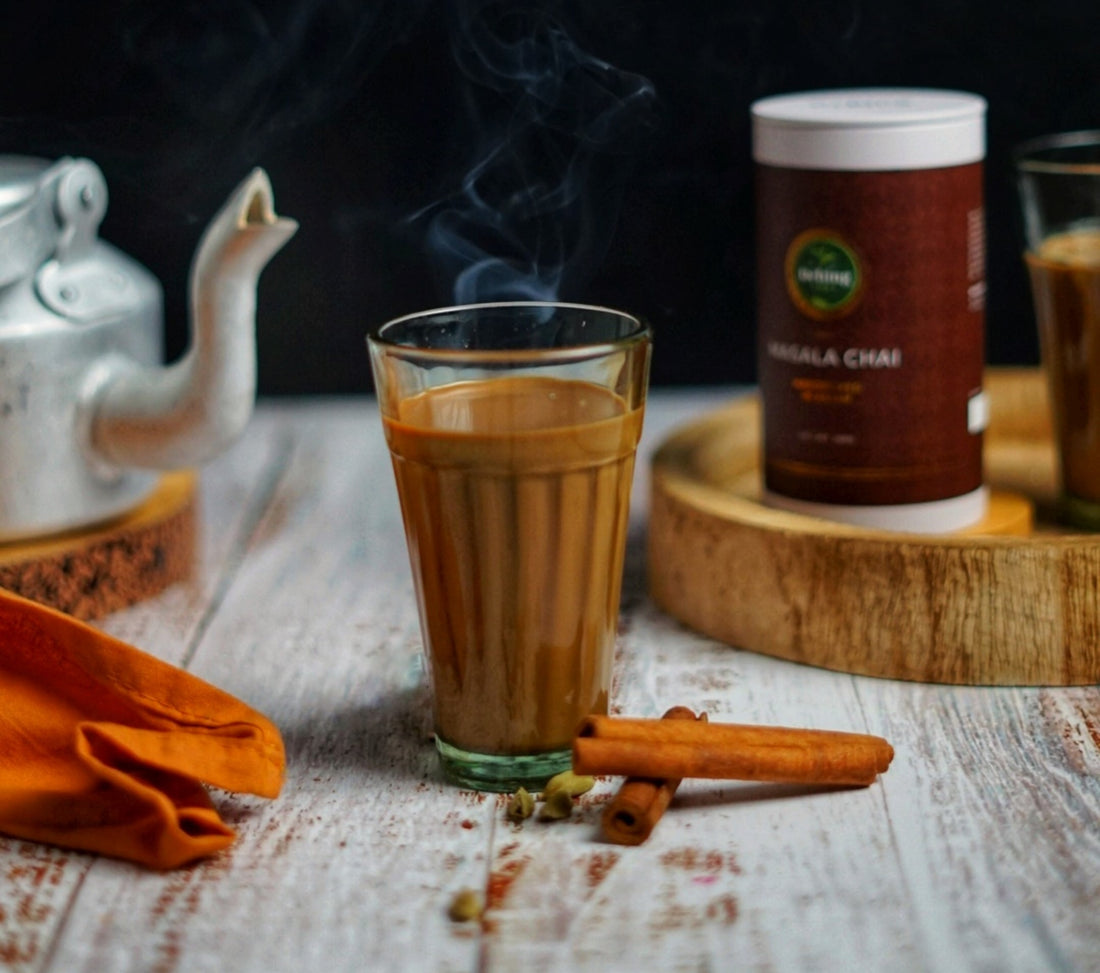There’s a unique charm that envelops India, and much of it is captured in the comforting warmth of a cup of Masala Chai. For many, it’s more than just tea; it's an emotion, a ritual, and a symbol of hospitality. Whether served in clay cups by roadside vendors or brewed lovingly at home, masala chai has a special place in the hearts of millions.
The Origins of Tea in India
To trace the story of masala chai, we must first delve into the history of tea in India. Tea has a somewhat complex relationship with the Indian subcontinent. While India is one of the world’s largest producers of tea today, it was not always a tea-drinking nation.
In the early 19th century, British colonizers discovered the Assam tea plant (Camellia sinensis var. assamica) growing wild in northeastern India. They quickly established tea plantations to compete with Chinese tea production. To promote tea among the Indian population, they introduced tea at railway stations, through street vendors, and in factories, serving it with sugar and milk to create a richer, more accessible flavor that resonated with the Indian palate. This strategy helped tea become a part of daily life for many in India.
The Evolution of Masala Chai
The concept of adding spices to beverages predates the introduction of tea. For centuries, Ayurveda, India’s ancient healing system, prescribed drinking herbal blends of spices and herbs for their health benefits. These spice-infused concoctions were often made with ingredients like cardamom, ginger, cinnamon, and cloves, which are known for their warming properties and ability to aid digestion.
As tea became more widespread, especially among the working classes, the practice of adding spices, milk, and sugar began to emerge. This not only amplified the flavor but also helped reduce the amount of expensive tea leaves required, making it more affordable.
Thus, masala chai (literally "spiced tea") was born. The drink combined the British practice of tea with India's long-standing tradition of spiced herbal drinks. While the base ingredients of black tea, milk, and sugar remained consistent, the specific blend of spices varied from region to region, family to family. Some common spices used include:
- Cardamom: The queen of spices, adding a sweet, floral note.
- Cinnamon: For warmth and sweetness.
- Ginger: For a hint of spice and digestive benefits.
- Cloves: For a pungent, aromatic kick.
- Black Pepper: A touch of heat to balance the sweetness.

Masala chai is much more than just a spiced tea; it’s a symbol of India’s culinary and cultural diversity. Its evolution from a colonial import to a beloved national drink is a testament to how traditions can adapt and thrive through time. The next time you savor a cup of masala chai, whether in the quiet of your home or from a bustling street vendor, remember that you’re not just drinking tea—you’re sipping on centuries of history and tradition.
So, how do you prefer your masala chai? Mild and sweet or bold and spicy?

